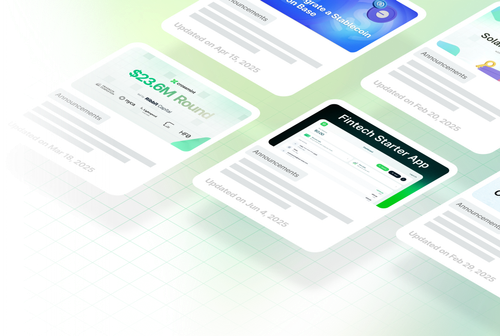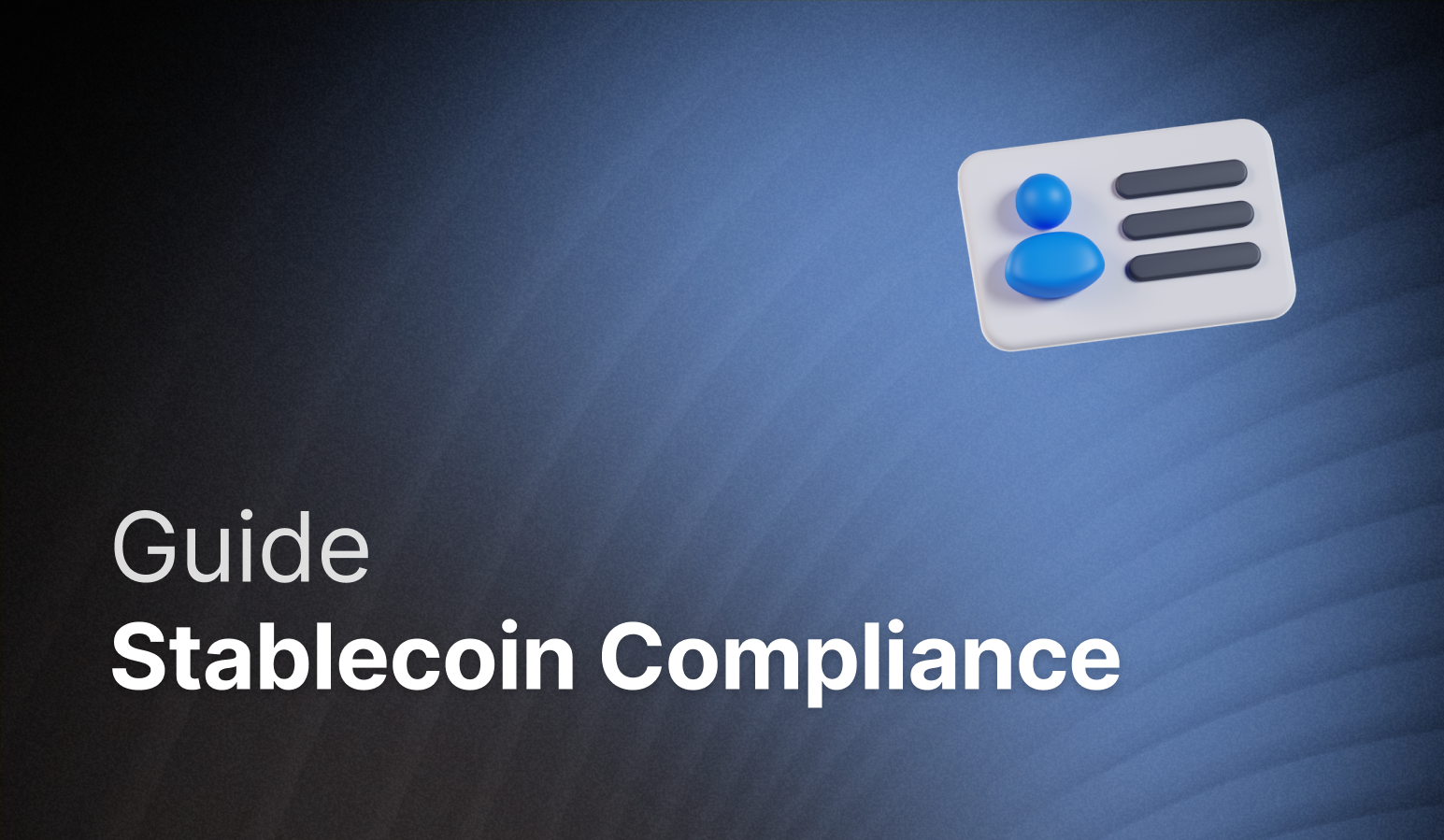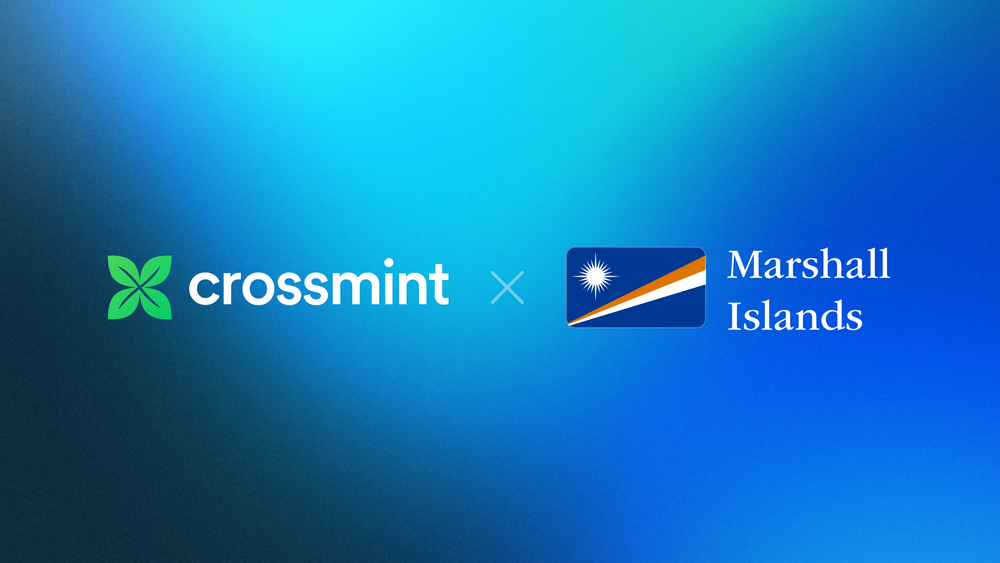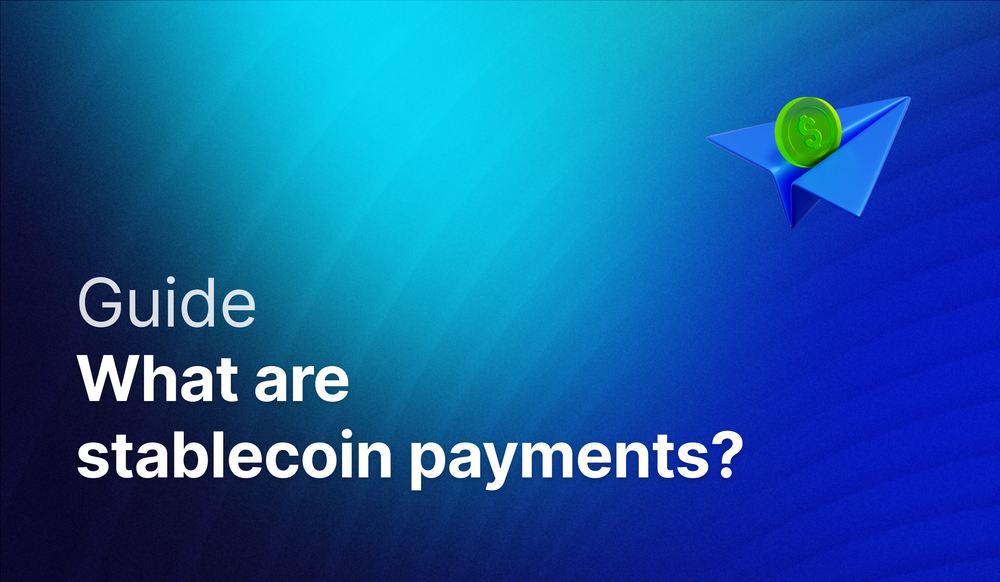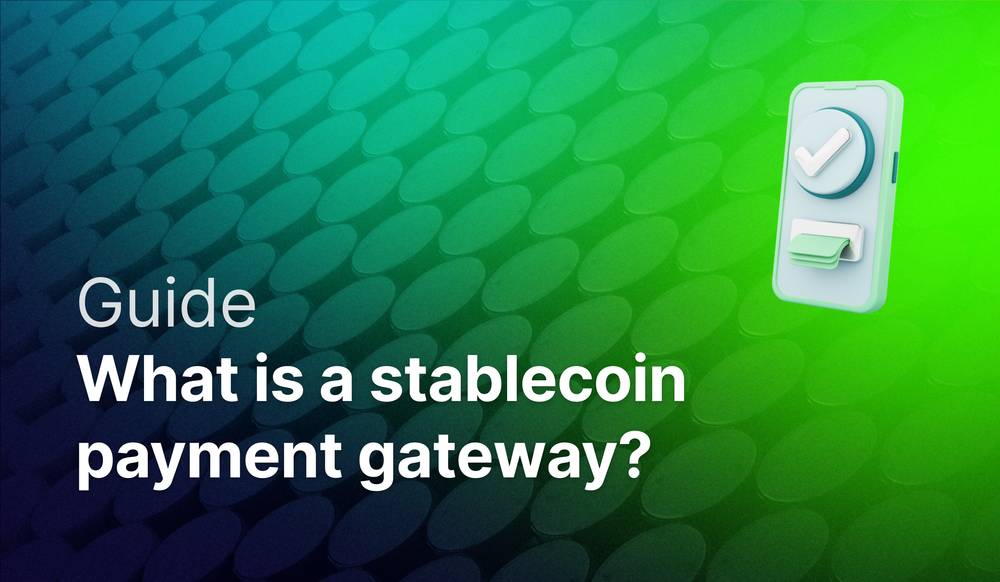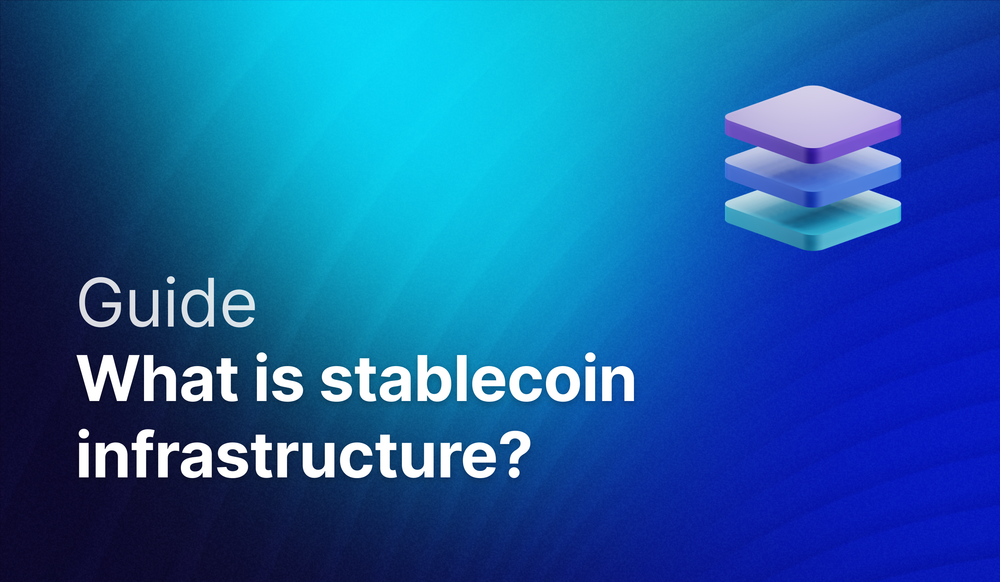Institutional investors are flooding into digital assets, but compliance remains the biggest barrier to enterprise adoption. The GENIUS Act has created federal clarity for stablecoins, yet many businesses still struggle with implementation questions: How do we meet regulatory requirements? What systems do we need? Where do we even start?
The reality is simpler than it appears. Modern wallet infrastructure handles compliance automatically, transforming what used to require teams of specialists into straightforward API calls. Here's exactly what you need to know about ensuring KYC/AML compliance when implementing stablecoin wallets.
What are the GENIUS Act requirements for stablecoin issuers?
GENIUS Act Creates First Federal Framework for Stablecoins
The GENIUS Act, signed into law in July 2025, establishes clear rules for payment stablecoins. Issuers must maintain 1:1 reserves in high-quality liquid assets, undergo regular audits, and meet strict disclosure standards. The law also places large stablecoin issuers under Federal Reserve supervision, treating them similarly to systemically important financial institutions.
For businesses using stablecoins (not issuing them), the focus shifts to transaction-level compliance. You need to work with federally regulated stablecoin issuers and implement proper customer verification and monitoring systems.
Your Compliance Obligations When Using Stablecoins
Payment stablecoin issuers are treated as financial institutions under the Bank Secrecy Act and all federal laws applicable to financial institutions in the U.S. relating to economic sanctions and the prevention of money laundering. This means businesses implementing stablecoin wallets must:
- Maintain customer identification programs with KYC verification procedures
- Monitor transactions for suspicious activity patterns
- File Suspicious Activity Reports (SARs) when required
- Implement systems to freeze or block wallets based on regulatory orders
The key insight: these requirements mirror existing financial compliance obligations. If you already handle payments, you're familiar with these standards. The difference lies in implementation.
Travel Rule Requirements for Cross-Border Stablecoin Transfers
Payment stablecoin issuers are treated as financial institutions under the Bank Secrecy Act, which means Travel Rule compliance is mandatory for transactions exceeding $3,000. This requires:
- Transmitting originator information (name, address, account number) with each transfer
- Collecting and verifying beneficiary information before processing
- Maintaining records of both parties for five years
- Implementing systems to share this data with receiving institutions
Wallet infrastructure like Crossmint automates Travel Rule compliance by embedding required data fields into transaction metadata and maintaining secure channels for information exchange with other compliant platforms.
How does wallet infrastructure automate compliance checks?
Automated Pre-Transaction Screening Prevents Violations
Modern wallet infrastructure embeds compliance directly into transaction flows. Before any payment processes, automated systems check:
- Real-time sanctions lists including OFAC, EU, and UN databases
- Blockchain analytics to score wallet addresses for risk
- Transaction velocity limits based on user profiles
- Geographic restrictions through IP and jurisdiction verification
This happens invisibly to users. They initiate a payment, and within milliseconds, the infrastructure validates compliance before allowing the transaction to proceed.
Smart Contract Controls Enforce Compliance Rules
Programmable wallets take automation further by embedding rules directly into the payment logic:
- Spending limits adjust automatically based on user verification levels
- High-risk transactions trigger additional review workflows
- Large transfers require multi-signature approvals
- Time delays on withdrawals allow for enhanced screening
These aren't suggestions or policies that rely on human enforcement. They're coded rules that execute automatically, removing the possibility of oversight or error.
Real-Time Monitoring Catches Suspicious Activity
Advanced wallet infrastructure like Crossmint's monitors transactions continuously:
- Pattern detection algorithms identify potential money laundering
- Automated workflows generate SARs when thresholds trigger
- Compliance teams receive real-time alerts for investigation
- Every transaction creates an immutable audit trail
The result: faster detection, fewer false positives, and comprehensive documentation for regulators. Not all wallet providers offer this level of monitoring, so choosing the right infrastructure partner matters.
Crossmint's Compliance-First Approach
Enterprise-Grade Compliance Built Into Every Wallet
Crossmint embeds compliance throughout the infrastructure stack:
- Regulated & licensed: With strict internal controls
- SOC2 Type II certification: Validated security and operational controls
- Automated workflows: KYC, AML, and sanctions screening via API
- Analytics partnerships: Integration with leading blockchain monitoring providers
This isn't compliance as an afterthought. It's infrastructure designed from day one to meet enterprise regulatory requirements.
MoneyGram Case Study: Compliance at Scale
MoneyGram serves 50 million people across 200 countries and territories, moving billions of dollars annually. When they implemented stablecoin infrastructure, compliance was paramount.
The results speak for themselves:
- Implementation completed in just over two months
- Seamless integration with existing AML systems
- Zero compliance incidents since launch
- Regulatory approval across multiple jurisdictions
Behind the scenes, Crossmint powers all the blockchain infrastructure for these flows, using USDC on the Stellar Network. MoneyGram maintains their existing compliance workflows while Crossmint handles the technical implementation, proving that enterprise-grade compliance doesn't require rebuilding from scratch.
If you're looking to gain a competitive advantage with stablecoins, reach out to us here.


